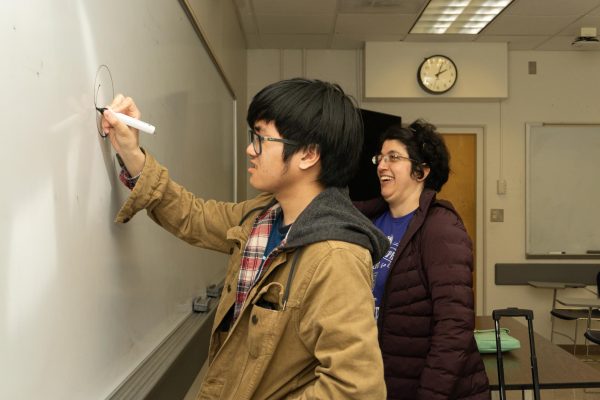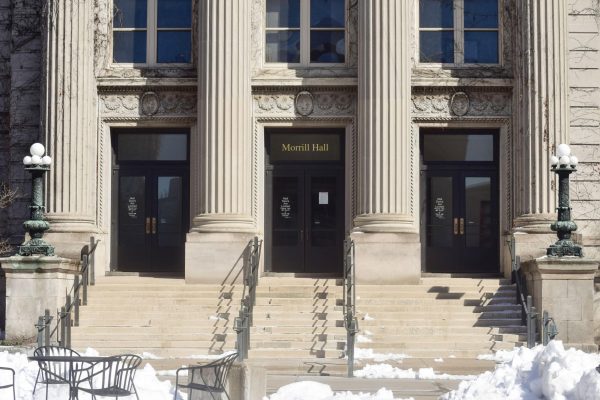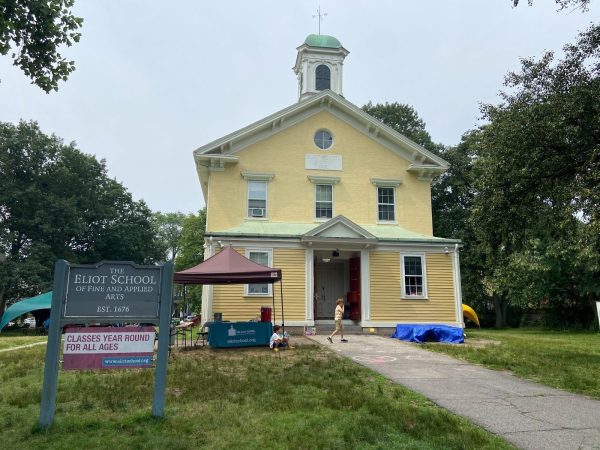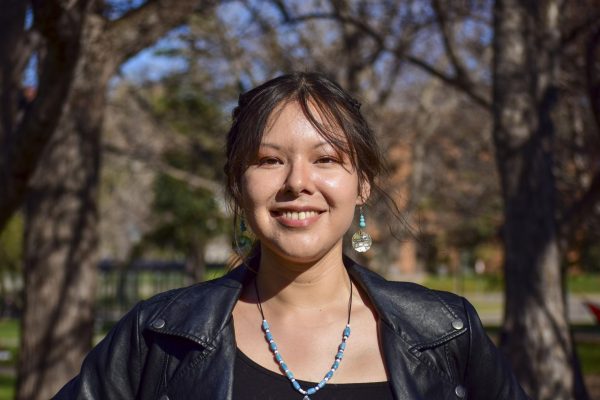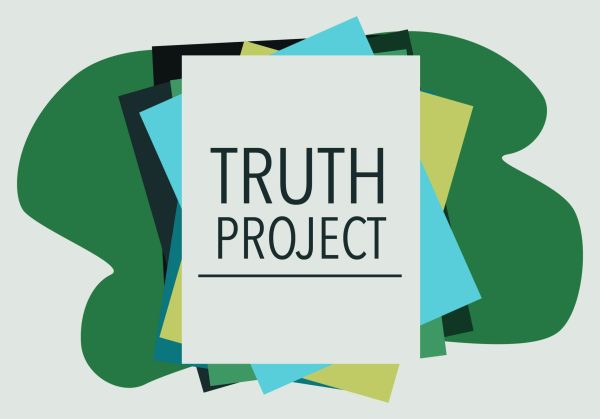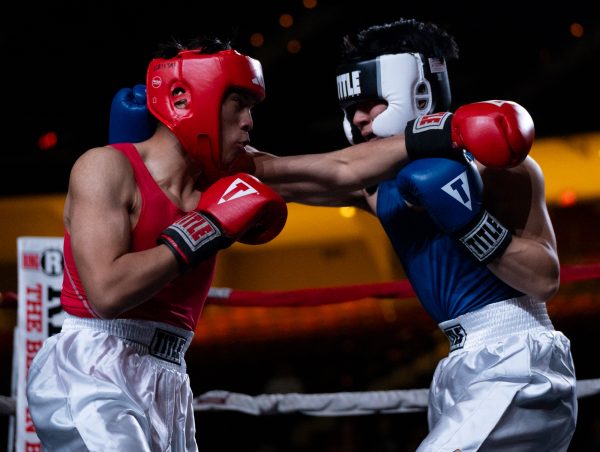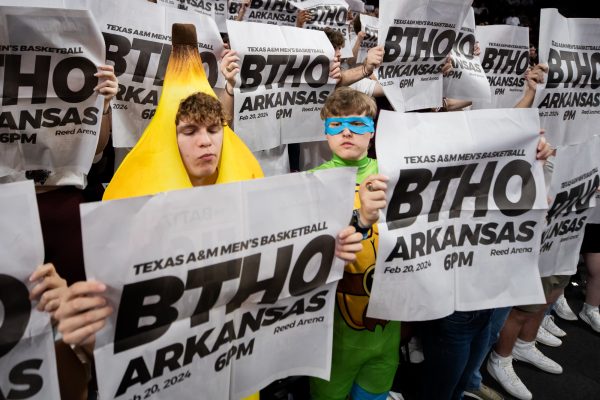The role of higher education in media and information literacy
Why is there a need for college students to be responsible media consumers?
When was the last time you got a newspaper from the stands?
March 17, 2021
Before March began, journalism students and student newspapers’ staff around the country observed Student Press Freedom Day on Feb. 26, along with the Scholastic Journalism Week, which lasted from Feb. 21 to 27.
Student journalists were thrilled and proud in sharing their best works over the past year, with the COVID-19 pandemic raising the bar high for student publications to continue producing community-related and localized content despite the demands of materializing stories remotely and conducting interviews online.
Moving forward, the country is observing the Newspaper in Education (NIE) Week during the first week of March.
According to the National Day Calendar, NIE is celebrated with the objective of “(inspiring) educators to incorporate newspapers in the classroom.” This observation can be traced back in 1795 when the Portland Eastern Herald in Maine, published an editorial that suggests interaction between schools and local newspapers.
In a primer released by The American Press Institute (API), NIE is applied in classes of “language arts, reading, social studies, math, and science” which varies on specific grade level.
The habit of reading newspapers and other print media is strongly advocated for due to its myriad effects, ranging from vocabulary, writing up to critical thinking enlightenment and diversifying the student’s point of view.
Over the years, however, there has been a constant decline with the circulation of newspapers. Just recently, Hussman School of Journalism and Media of the University of North Carolina in Chapel Hill released an article entailing the vanishing of newspaper publications. Comparing the total numbers of daily and weekly newspapers publication combined from 2004 and 2020, the number have decreased by 26%, from 8,891 publications down to 6,736. Pew Research Center – Journalism and Media also found out an 8% and 9% decrease in newspaper circulation in daily and Sunday print and digital circulation in 2018 compared to its previous year.
Elementary, middle, and high schools are the usual observers of newspaper glorification, but how about the college students — young adults who are entitled to their own volition?
For digital media professor Michelle Brown, she believes that the observance of Newspaper in Education Week should also be observed in college across all disciplines.
“The newspaper industry is just so influential,” said Brown, who teaches “Media in Society” course at the College of San Mateo (CSM). “In our society, it’s quite often the birthplace of a trend, or even a change in our social behavior, or what we think is important. It’s going to make its way to your classroom, whether you invite it or not, because it just permeates our culture.”
Brown also pointed out the importance of media literacy for college students, especially with the current media climate with news outlets “framing everything as conflict, instead of just reporting it.”
“I think we also know that a lot of news organizations seem to make the decision that they’re going to frame the narrative a certain way,” Brown said, explaining how the news outlets make headlines and stories more and more sensational. “And they don’t include anything that opposes that in the story.”
Journalism professor Nancy Kaplan-Biegel believes that media and news literacy should be infused into as many classes as possible because college students are “living and breathing media.”
“I think it’s enormously important for college students to be reading newspapers, even if it’s not through print,” said Kaplan-Biegel, who teaches the “Mass Media and Society” course at Skyline College. “I think that in this era, students come across so much information that is not vetted information.”
With students and the majority “living on social media”, Kaplan-Biegel described how they are being exposed to fake and biased information that lacks depth and nuance. She said that this kind of information has “gone a long way into dividing and polarizing the country.”
Media consumption habits
Diana Bennett teaches media law and ethics at the College of San Mateo. Based on her observation as a digital media professor and a multimedia professional, she believes that students and younger audiences tend to consume less print media.
“It is all whatever comes through their mobile phone, whatever is pushed to their mobile phone, or their social media,” Bennett said. “That’s where they’re getting their information. I think the younger generation has forgotten about the newspaper or may not even have picked up a newspaper to be honest with you.”
A 2018 study by the Pew Research Center found that more Americans get news from social media than from print newspapers. Among the different social media platforms listed, Facebook, Instagram, and Pinterest deemed to be the most popular.
Brown agrees that younger audiences are consuming newspapers less, but she believes that the numbers can be misleading.
“They are definitely, definitely (consuming) less print, but that (Pew Research) survey also had a significant amount of that age group who use news websites,” Brown said. “That’s probably the convenience factor for them. I think sometimes those numbers can be a little deceiving, in that it might look like news isn’t important to young people, when it’s just where they’re getting the news has changed, and how they consume it has changed.”
Kaplan-Biegel, on the other hand, described how the experience of reading print newspapers differs from that of reading something online.
“When we go online to look at news, we can be really directed on the exact thing that we want to go to,” she said. “And while that’s great, in some respects, it means that we are less likely to, kind of, on our way to what we’re looking for, see a bunch of other stories.”
She argues that whilst reading a printed newspaper, a reader would likely have the tendency to go through the whole paper and stop on stories that will grab their attention, ones they would not normally seek out. She also noted that it helps understand page prioritization.
In 2017, the American Press Institute partnered with the Associated Press conducted in a research titled “Paying for News: Why People Subscribe and What It Says About the Future of Journalism”. Upon surveying print and digital newspaper subscribers, they found out that print is the most favored format, and more than half of the respondents find it easier to read compared to digital versions.
Student media
Media is the fourth estate, and the free press is vital in upholding the country’s democracy. Media is said to be essential, but it is not ubiquitous.
Some areas in the country are identified to be “news deserts”, and no longer have any news outlets to subscribe to and thus be kept up to date with the latest national, regional, or local news. This is where student-run media is critical. Aside from being a source for the most local news in general, they are, in some cases, the sole outlet disseminating information to their local community.
Sommer Ingram Dean, staff attorney for the Student Press Law Center (SPLC), shared her thoughts on how crucial and pivotal the student media’s role is in the community.
“Student journalists have an enormous power and responsibility within their communities,” she said. “Student media is absolutely crucial to the functioning of not only college campuses, but the larger communities they are a part of. In some places that have lost daily news outlets, student publications step into the void and are often the only reliable source of news in these areas.”
As a student newspaper adviser, Kaplan-Biegel also gave her sentiments on how important student media is. According to her, student media should be present: to introduce the college community as a whole, to hold power to account, and to give voice to everyone in their campus.
“I think there’s a ton of value to The Skyline View being here, regardless of how many students read it, because it is literally the history of the college told from the student perspective,” Kaplan-Biegel said, explaining how people can learn the history of the community as documented by students.
Last month, The Skyline View published an article prior to the San Mateo County Community College District (SMCCCD) cutting ties with former Chancellor Ron Galatolo due to his alleged unethical actions during his administration. In 2015, a similar article was published on the topic of Galatolo being under investigation for using school funds for inappropriate expenses.
Seven years ago, Skyline College was in hot water after a policy was passed along the faculty and staff restricting them to speak to media relations in order to protect the “image” and “brand” of the college.
The present and the future
The previously mentioned Professor Diana Bennett requires students to read newspapers as part of her class instruction.
“Then every week, I’ll ask a student, ‘Okay, what’s happening in the world? And let’s talk about it,’” Bennett said.
Bennett also mentioned CSM’s information literacy requirement, which are criteria for college student’s information competency based from the standards of the American Association of Community Colleges (AACC).
Professor Brown is open to the idea of making news writing and reporting as part of the college general education requirement.
“Because we’re all going to be news consumers for the rest of our lives, I can see that that would be a good requirement,” Brown said. “And knowing how a newspaper article or a news report is constructed is really the best pathway for media literacy.”
Although Kaplan-Biegel finds writing and reporting for the media substantial, she prefers to advocate media and news literacy classes as a requirement.
“We have institutional student learning outcomes, and one of them is information literacy,” she said. “But I think media literacy is a particularly important component of that, and I would almost like to see that as a standalone student learning outcome.”
Kaplan-Biegel is very “supportive” of the program providing free New York Times digital subscriptions for the campuses and she thinks that it’s “a great place to start” in developing media literacy among students.
Skyline College also recently provided students with access to Flipster, a digital magazine stand students can login to read a variety of journals and periodicals from different publications in different categories.
This story was originally published on The Skyline View on March 16, 2021.































![IN THE SPOTLIGHT: Junior Zalie Mann performs “I Love to Cry at Weddings,” an ensemble piece from the fall musical Sweet Charity, to prospective students during the Fine Arts Showcase on Wednesday, Nov. 8. The showcase is a compilation of performances and demonstrations from each fine arts strand offered at McCallum. This show is put on so that prospective students can see if they are interested in joining an academy or major.
Sweet Charity originally ran the weekends of Sept. 28 and Oct. 8, but made a comeback for the Fine Arts Showcase.
“[Being at the front in the spotlight] is my favorite part of the whole dance, so I was super happy to be on stage performing and smiling at the audience,” Mann said.
Mann performed in both the musical theatre performance and dance excerpt “Ethereal,” a contemporary piece choreographed by the new dance director Terrance Carson, in the showcase. With also being a dance ambassador, Mann got to talk about what MAC dance is, her experience and answer any questions the aspiring arts majors and their parents may have.
Caption by Maya Tackett.](https://bestofsno.com/wp-content/uploads/2024/02/53321803427_47cd17fe70_o-1-1200x800.jpg)
![SPREADING THE JOY: Sophomore Chim Becker poses with sophomores Cozbi Sims and Lou Davidson while manning a table at the Hispanic Heritage treat day during lunch of Sept 28. Becker is a part of the students of color alliance, who put together the activity to raise money for their club.
“It [the stand] was really fun because McCallum has a lot of latino kids,” Becker said. “And I think it was nice that I could share the stuff that I usually just have at home with people who have never tried it before.”
Becker recognizes the importance of celebrating Hispanic heritage at Mac.
“I think its important to celebrate,” Becker said. “Because our culture is awesome and super cool, and everybody should be able to learn about other cultures of the world.”
Caption by JoJo Barnard.](https://bestofsno.com/wp-content/uploads/2024/01/53221601352_4127a81c41_o-1200x675.jpg)






